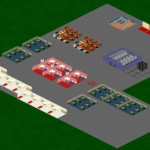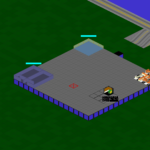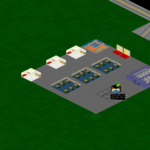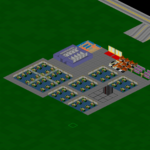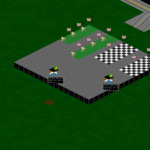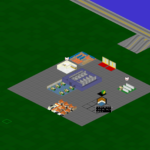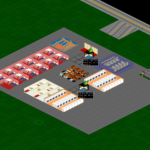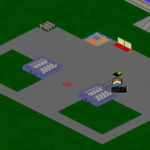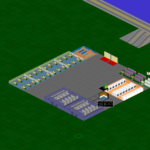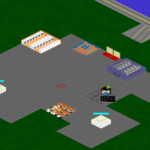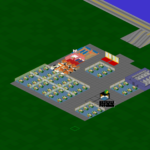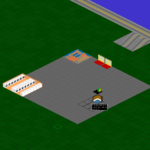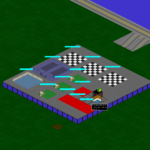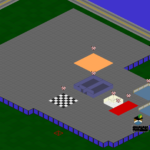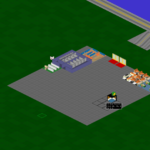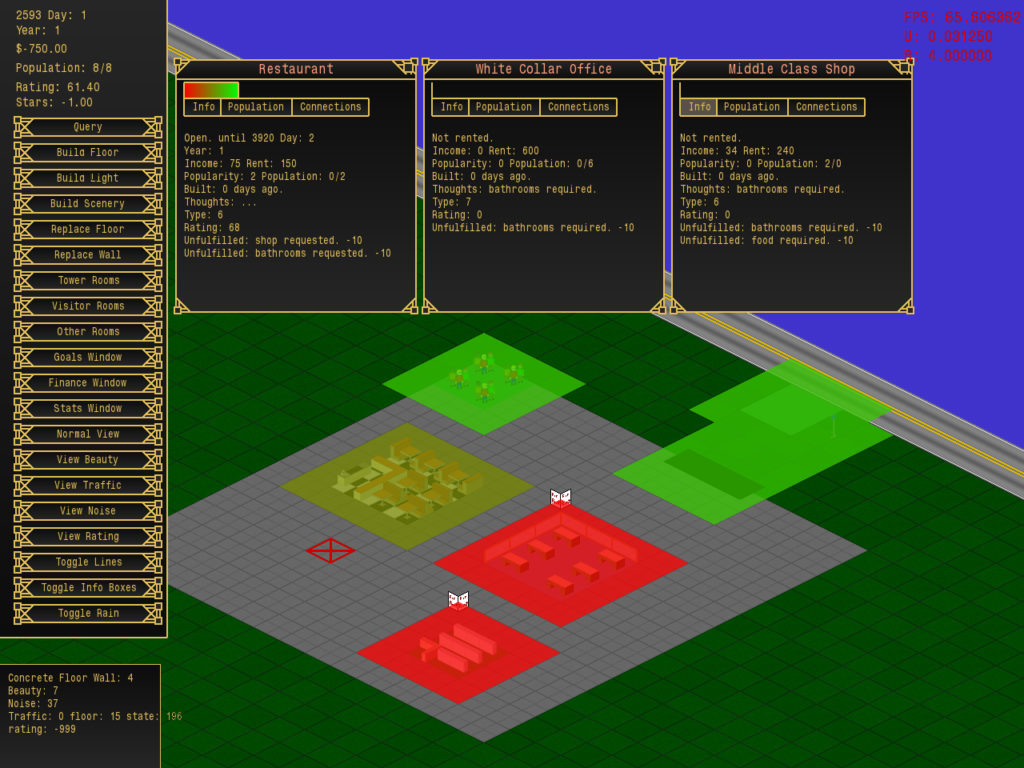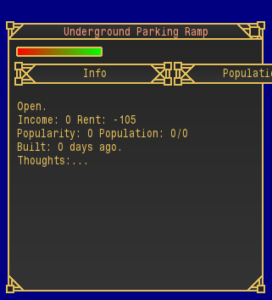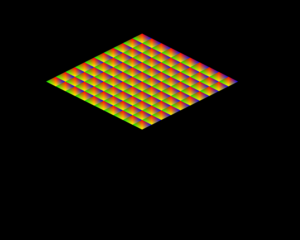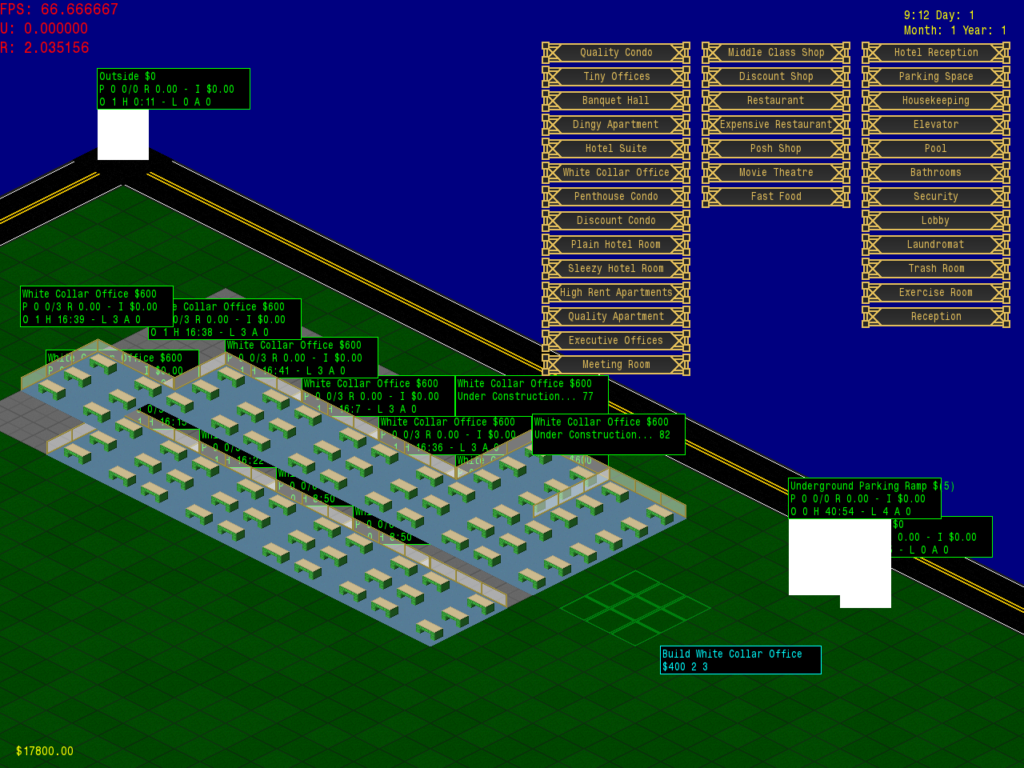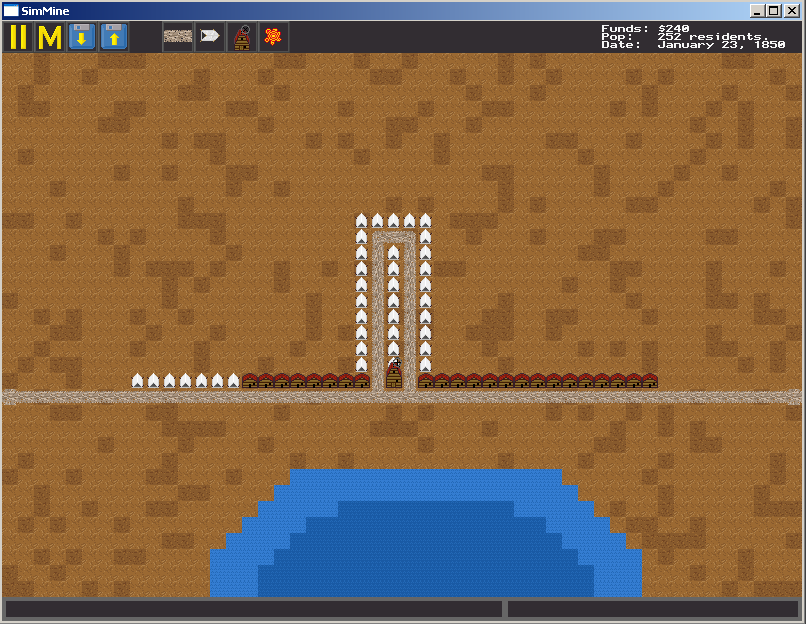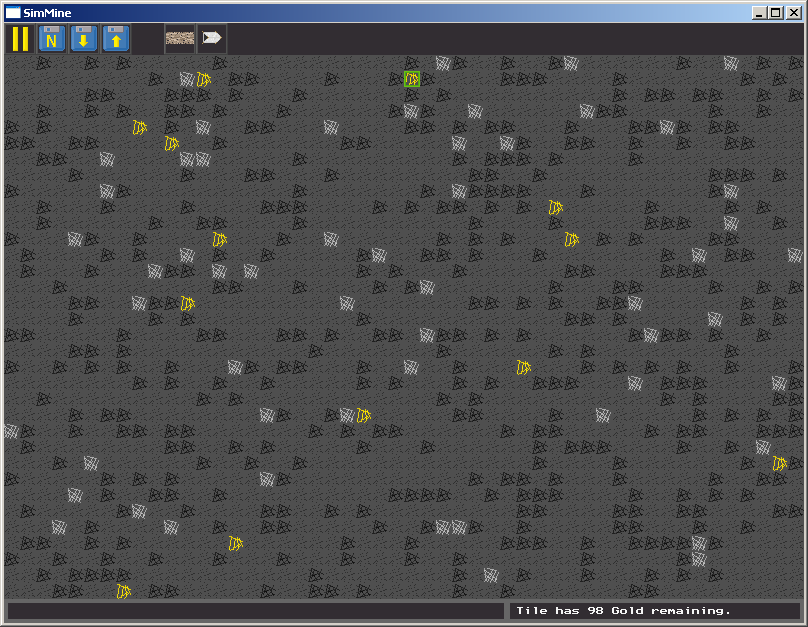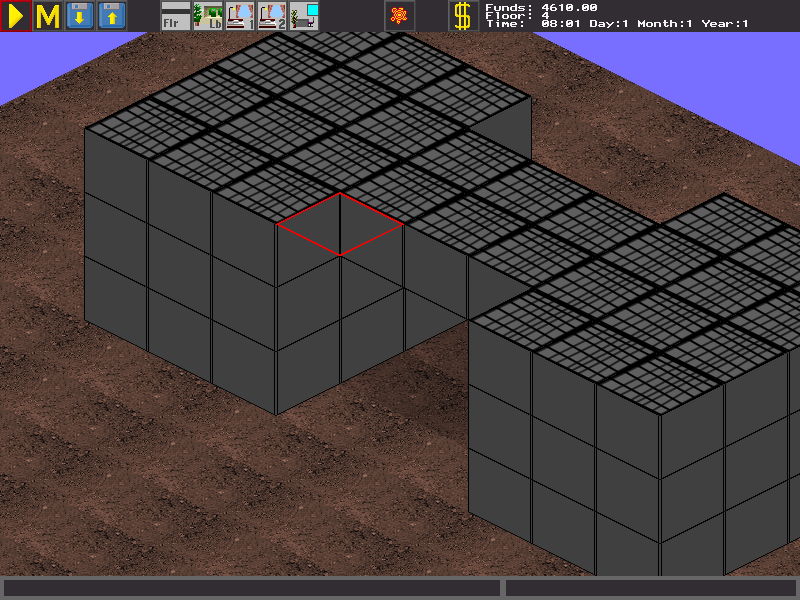Difficulty in tycoon/management games is hard to do.
A common method of increasing difficulty in most games is to add more things to do, or more things to keep track of, or simply require the player to learn certain skills or tricks, and use those skills to pull off the next set of tasks. Puzzle games, platformers, or action games can increase the difficulty by adding new mechanics, combining previously used mechanics, or just tossing in more of everything into the mix.
With tycoon games, a common method is to just make everything cost more, while giving the player less money. And this works, but there comes a point in most tycoon games where the player has a constant source of income and then it’s just a matter of waiting around a bit for the next source of income. And income usually increases exponentially. In Transport Tycoon and similar games, adding more train routes costs money, but gives you more money faster. In Sim Tower, adding more rooms means you get more money when rents are due, though it usually costs a bit to add those rooms.
Without something in the game to push against the player when they’re successful, a game will quickly turn boring, or, at least, it’ll turn from struggling with needing just a few more dollars to get the next neat thing to struggling with other problems. Transport Tycoon turns from a game of struggling with being able to afford each route and new train, to being able to spend millions sculpting the landscape, while trying to perfect a large, efficient transportation system. Cities: Skylines turns from struggling with getting a basic city set up, to dealing with traffic problems.
Other games give you more to worry about when it comes to budgets. Optimal play in most of the Sim City games is to build out with low income, lower class zones and then once you establish a base of income, work on upgrading the city to high class, high density, highly educated sims via schools and hospitals and other things.
Still others apply pressure simply by the act of having more of everything. Prison Architect is a perfect example, as more prisoners means overcrowding and greater chances of escapes, riots, or other bad things happening. External forces also matter, in the case of city/base building games like Gnomeria or Rimworld, having a “richer” base leads to more, and more powerful raids on the base.
While thinking about this problem for Isotower, I’ve come up with a few different solutions. One is simply the logistics of moving people through the tower, more people = more need for elevators, escalators, stairs, etc. Adding in stuff like staff only elevators, or being able to limit which social class can use what transportation adds another layer to things. This will apply some pressure, but not really enough.
The other method I’m planning on is simply a matter of a bigger tower will cost more to maintain. Most of this cost will be abstracted, effectively the cost of property taxes, utilities, maintenance. These are all things that could be added to the game individually, but most likely, they’d just be busy work for the player, and not really all that interesting from a gameplay standpoint. The goal with this is to keep the player from amassing a huge fortune, at least at first.
Finally, random events such as fires, floods, or threats from terrorists will be more likely to happen in a larger, famous tower. Especially the last one. There are a few other things I have planned to keep the game interesting past the initial struggles with establishing a basic tower. Those are subjects for later, though.

